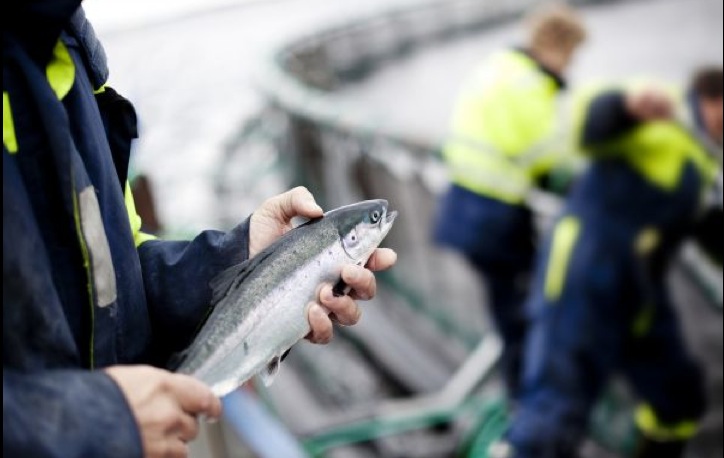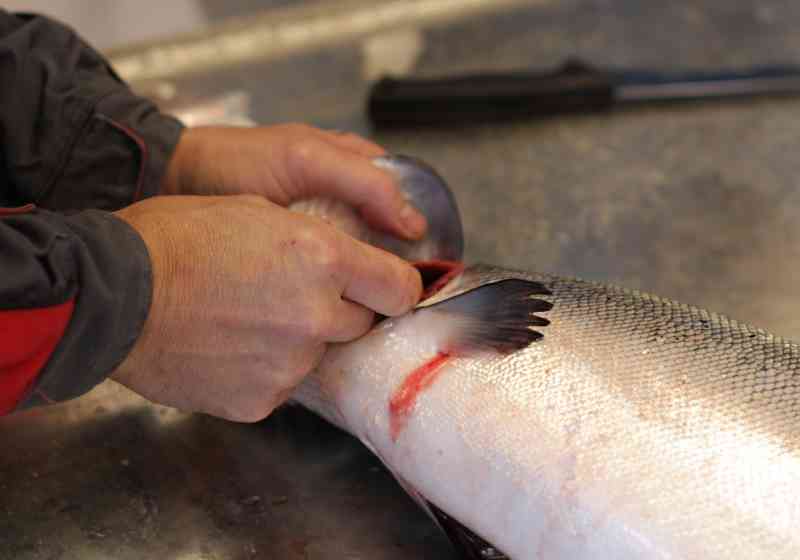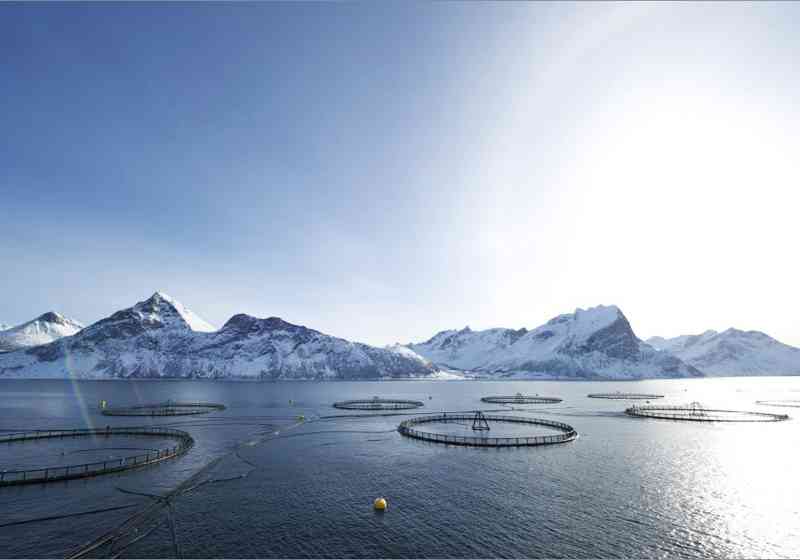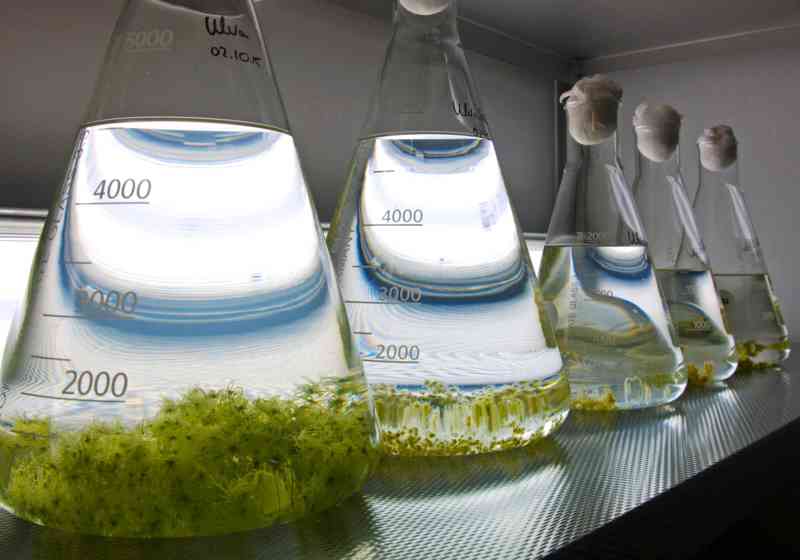No Norwegian industrial venture can rival the Norwegian aquaculture industry in terms of growth and financial success. This is an industry that in 40 years has grown from a hobby to an advanced biological industry. Production has grown 1,000-fold from its humble beginnings in the 70s to today. Could it grow even more?
In the 1970s the Norwegian aquaculture industry consisted of a small group of enthusiasts, especially on the coast of Trøndelag, but also elsewhere along the coast such as Hordaland. The corrals were often made from wood with a fishing net that kept the fish inside, and such cages often had a volume of a couple of thousand cubic meters. Today there are farms with plastic rings up to 200 meters in circumference and with a total content of over a million cubic meters.
In a normal salmon fish farm there may be more than a million individuals and slaughter value can be well over NOK 25 million. Viewed in a short historical perspective, fish farming in Norway is a lucrative business which as a whole has had good income and contributed significantly to employment and new infrastructure in many coastal communities.
Opportunities and challenges
The aquaculture industry is not without challenges, and some are greater than others. The biggest challenges are sea lice, escapes, diseases, access to sufficient areas and adequate feed resources. But pollution in the form of feed spills and faeces from the fish also represent challenges for the Norwegian aquaculture industry.
The opportunities for further growth are closely related to how these challenges are resolved in whole or in part. If the industry manages to control sea lice, escapes and disease and access to new areas is good, the industry will continue to develop – the possibilities are almost limitless.
Broadly speaking, it can be argued that only salmon and trout of the Norwegian aquaculture industry is making money today. Farming of marine species such as halibut and cod are facing major challenges, both related to production and profit. Shellfish farming, especially mussels, has had major problems associated with toxic algae and the distribution of mature shells to the large European market.
Sea lice, escapes and diseases lead to losses in production, and these losses are significantly higher than in other biological production, for example agriculture. However, feed utilization coupled with rapid growth and short turnaround makes salmon and trout farming in particular much more efficient than traditional agricultural production.
Too many fish escape
Escapes of farmed fish, in particular salmon, is a big problem because farmed salmon may have negative genetic effects on wild salmon. It is therefore important to reduce escapes to a negligible number. In 2006 more than 900,000 individuals escaped from Norwegian fish farms, while the average in recent years is between 100,000 and 400,000 individuals per year.
Research, the authorities and the industry itself are concerned with reducing escapes through various measures, and escapes mean lost revenue for the industry players.
Scarcity of areas
If we draw a line along the coast into all the fjords and around all islands, islets and reefs, Norway has a coastline of more than 100,000 km. The total area within the coastal baselines is 20 000 square kilometres. Farming occupies an area equivalent to 490 square kilometres, or the same area as Andøya in Vesterålen. One would think that there is enough room along the coast for further expansion, but the fact is that there is a shortage of coastal space and this will limit the growth potential of aquaculture in the time ahead. A special committee has proposed establishing production zones along the coast to reduce the risk of spreading disease and the genetic impact of escaped farmed fish. Such a system would mean that the space challenge could become even greater.
The introduction of governing indicators and a stronger support system that can address the complex environmental challenges facing the industry is essential and necessary to ensure both environmental sustainability and the future growth of the industry, says the Office of the Auditor General (OAG) in its relatively recent report on fisheries management. The OAG notes that both the industry itself and management has major challenges that must be addressed and it is difficult to envisage any radical growth in the Norwegian aquaculture industry before the challenges raised by the OAG and others are remedied.
What do farmed fish eat?
Traditionally farmed fish have been fed feed that has mainly been based on marine raw materials such as fish meal and fish oil. However, the scarcity of such resources has forced the aquaculture industry to innovate and today feed is composed of both marine raw materials and vegetable proteins and oil products.
Various forms of farming, but with emphasis on salmon for the time being, will surely develop both in Norway and in other countries with good conditions for such food production. Fairly extensive research is therefore being carried out to identify different forms of fish feed that maintain seafood's benefits as healthy food.
Related Links (in Norwegian):
- Directorate of Fisheries: Aquaculture
- Read more about the area committee's report at the Ministry of Fisheries and Coastal Affairs website
Written by Olav Lekve, Directorate of Fisheries.



